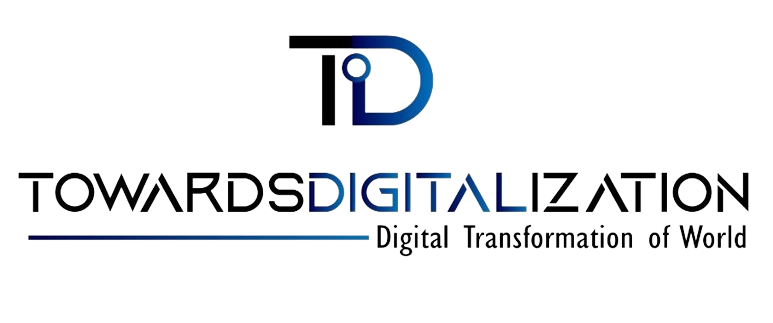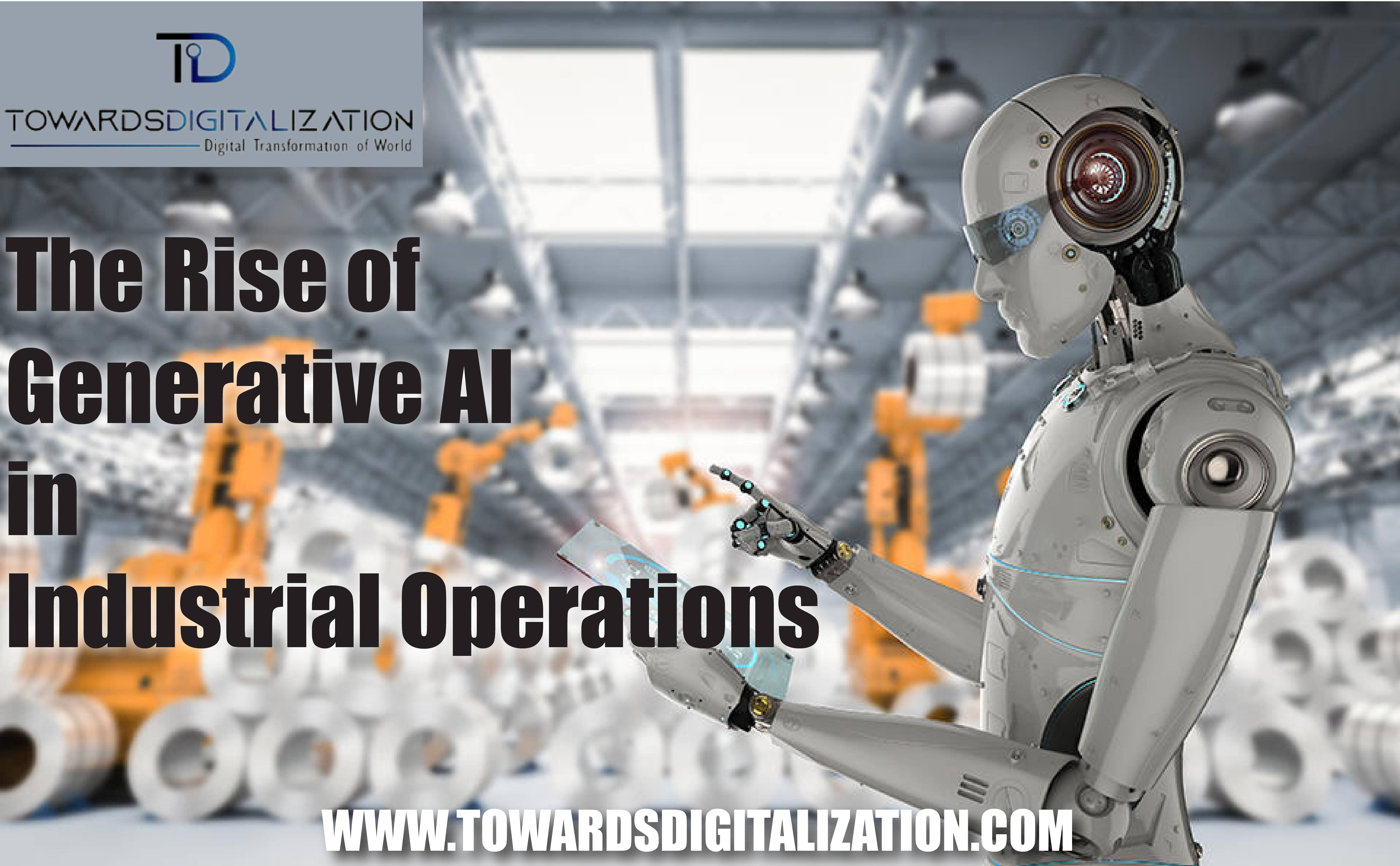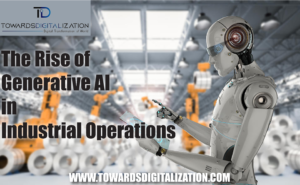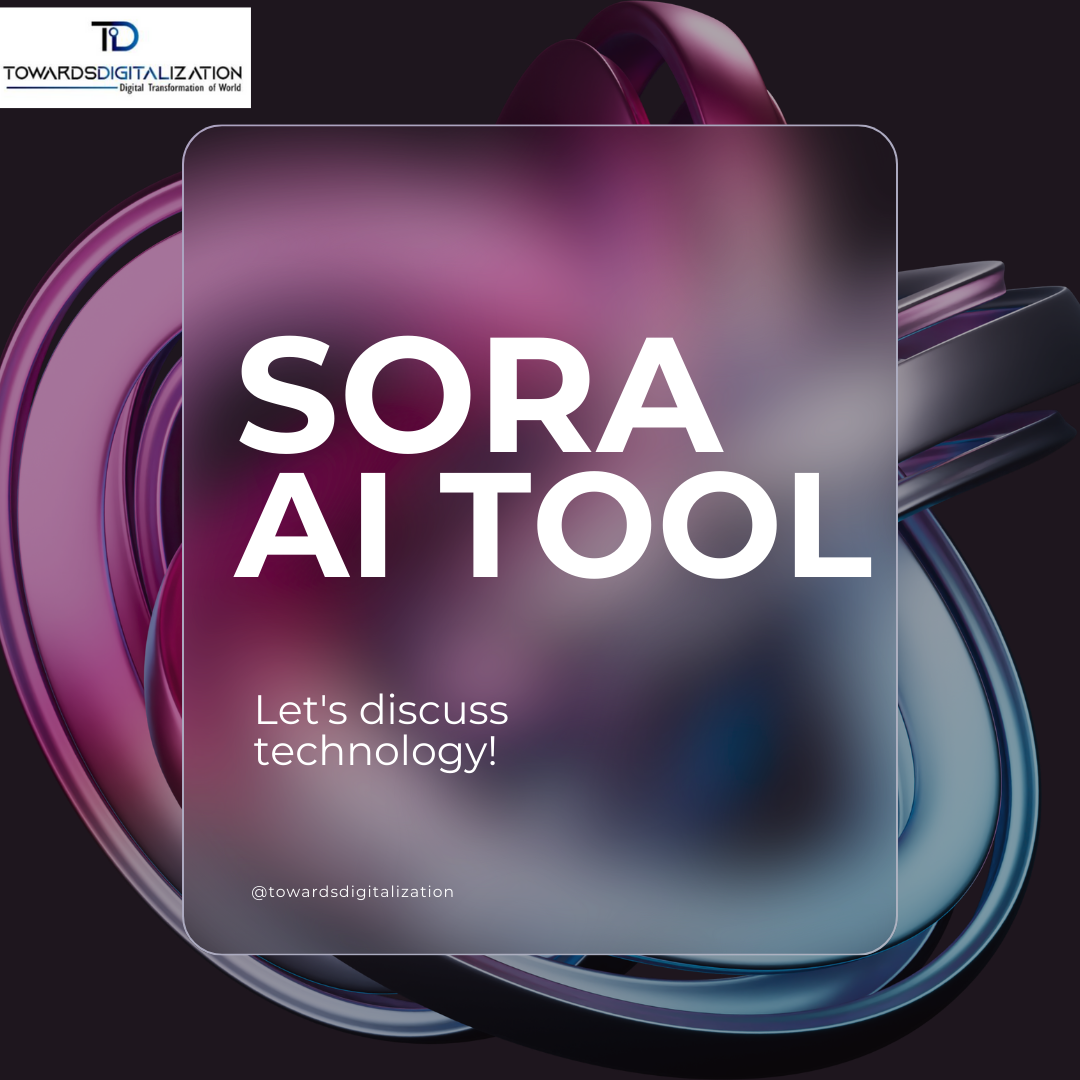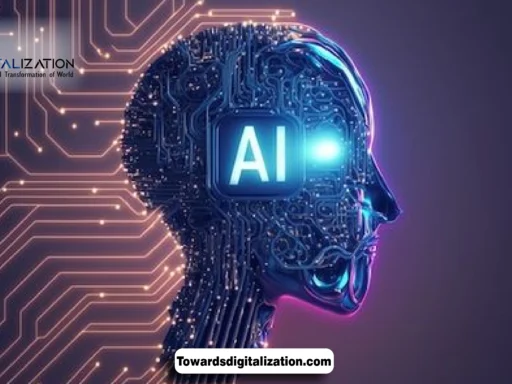Introduction to Generative AI
Generative AI is transforming industrial operations with innovative solutions powered by artificial intelligence. In the industrial sector, Generative AI can boost efficiency, productivity, and even safety.
By understanding how to unlock the potential of generative AI in industrial operations, businesses can stay ahead of the curve and drive innovation in their processes. In this article, we will explore the various ways in which generative AI can be utilized in industrial operations and how it is shaping the future of the industry. Get ready to dive into the exciting world of Generative AI and learn how it can transform industrial operations for the better.
The Rise of Generative AI in Industrial Operations
As technology continues to advance at a rapid pace, industries are looking for innovative solutions to optimize their operations. One such solution that has gained significant attention in recent years is generative AI. This cutting-edge technology is opening up new possibilities for industrial operations, allowing for improved efficiency, productivity, and decision-making.
What is Generative AI?
Generative AI is a subset of artificial intelligence that focuses on creating new content rather than analyzing existing data. Unlike traditional AI, which relies on data input to make predictions or decisions, generative AI has the ability to generate original content, such as images, text, or even music. This unique capability has significant implications for industrial operations, as it can be used to create new designs, models, and solutions that were previously impossible.

Examples of Generative AI in Action
One example of generative AI in industrial operations is in the field of manufacturing. Companies are using generative design software powered by AI algorithms to create optimal product designs. These algorithms are capable of exploring thousands of design options and variables to generate innovative solutions that meet specific criteria, such as cost-effectiveness, performance, and sustainability.
Generative AI is used in predictive maintenance to analyze sensor data and predict equipment failures before they occur, by identifying patterns and anomalies. This allows companies to take proactive measures to prevent costly downtime.
Overall, the potential of generative AI in industrial operations is vast. From design optimization to predictive maintenance, this technology is revolutionizing the way companies approach their processes and workflows. By unlocking the power of generative AI, industries can enhance their competitiveness, drive innovation, and achieve new levels of efficiency and performance.
Benefits of Integrating Generative AI
In today’s fast-paced industrial landscape, integrating generative AI technology can unlock a myriad of benefits for companies looking to stay ahead of the curve. By leveraging the power of generative AI, businesses can streamline their operations, drive innovation, and reduce operational costs. Let’s explore some key advantages of incorporating generative AI into industrial operations.

Enhancing Efficiency and Productivity
Furthermore, by utilizing generative AI, companies can streamline processes and reduce operational costs. Additionally, this technology can optimize resource allocation and improve decision-making. Consequently, businesses can gain a competitive edge and adapt quickly to market changes.. Generative AI algorithms can automate tasks, optimize production, and identify patterns leading to streamlined workflows. This frees up time for employees to focus on more strategic tasks, boosting productivity.
Generative AI can also assist in predictive maintenance, analyzing vast amounts of data to detect potential equipment failures before they occur. By proactively addressing maintenance issues, companies can avoid unplanned downtime and ensure that their operations run smoothly and efficiently.
Driving Innovation and Creativity
Another valuable benefit of incorporating generative AI in industrial operations is the ability to drive innovation and creativity within the organization.
AI algorithms can generate new ideas, optimize products, and create unique solutions that differentiate businesses from competitors.
Additionally, generative AI can assist in rapid prototyping and simulation, allowing companies to test new ideas and concepts quickly and cost-effectively. By facilitating a more agile and iterative approach to innovation, generative AI empowers organizations to push the boundaries of what is possible and stay at the forefront of technological advancements.
Reducing Operational Costs
Integrating generative AI into industrial operations can also result in significant cost savings for businesses. By optimizing production processes, minimizing waste, and improving resource allocation, generative AI enables companies to operate more efficiently and effectively. This increased operational efficiency leads to reduced overhead costs, lower maintenance expenses, and ultimately, improved profitability.
Furthermore, generative AI can help companies identify areas of inefficiency and waste that may have gone unnoticed, allowing for targeted improvements and cost-saving measures. By continuously analyzing and optimizing operations, businesses can ensure that they are making the most of their resources and driving sustainable growth.
Generative AI can benefit industries by enhancing efficiency, driving innovation, and reducing operational costs. Its implementation can streamline processes, foster innovation, and lead to long-term success in a competitive business environment.
Implementing Generative AI in Your Operations
When it comes to implementing generative AI in your industrial operations, there are several key factors to consider. Furthermore,Generative AI has the potential to revolutionize the way businesses operate, streamline processes, and drive innovation. By leveraging the power of generative AI, companies can unlock new opportunities for growth and competitive advantage.

Identifying the Right Use Cases
Firstly, the first step in implementing generative AI in your operations is to identify the right use cases.Moreover, consider areas within your organization where generative AI can have the greatest impact.For example, generative AI can be used to optimize production processes, improve product design, or enhance predictive maintenance strategies. Identify suitable use cases for generative AI to focus implementation efforts.
Building or Acquiring the Necessary Skills
Once you have identified the right use cases for generative AI, the next step is to build or acquire the necessary skills. Implementing generative AI requires a combination of technical expertise, domain knowledge, and creativity. Consider training or hiring staff with the skills needed for successful implementation of generative AI. Collaborating with external partners or consultants can also help fill any skills gaps and accelerate the implementation process.
Ensuring Data Quality and Security
Data quality and security are critical considerations when implementing generative AI in your operations. Generative AI algorithms rely on large volumes of data to generate insights and make predictions.Data accuracy and security are critical for training AI models. By prioritizing data quality and security, you can ensure that your generative AI implementation is built on a strong foundation.
In conclusion, implementing generative AI in your industrial operations can unlock a world of possibilities for your business. By identifying the right use cases, building or acquiring the necessary skills, and ensuring data quality and security, you can harness the full potential of generative AI to drive innovation and success. Keep these key considerations in mind as you embark on your generative AI journey, and you will be well on your way to reaping the benefits of this transformative technology.
Overcoming Challenges and Mitigating Risks
When it comes to integrating generative AI into industrial operations, there are several challenges that organizations may face. Lack of understanding and awareness about generative AI can lead to skepticism and resistance from employees who may fear job loss.
Another challenge is the complexity of implementing generative AI systems, which may require significant investment in terms of resources, time, and expertise. Organizations need to carefully assess their readiness and capabilities before embarking on such a transformative journey.
To mitigate these risks, it is important for organizations to invest in proper training and education for their employees. Organizations can help employees see generative AI as a tool, not a threat, by providing them with the necessary knowledge and skills.
Additionally, organizations should prioritize transparency and communication throughout the implementation process. By keeping employees informed about the goals and potential impact of generative AI, organizations can build trust and buy-in from their workforce.

Addressing Ethical and Privacy Concerns
As with any advanced technology, generative AI raises ethical and privacy concerns that organizations must address.To prevent misuse of AI-generated content, organizations must establish clear guidelines and safeguards.
Privacy is a concern when collecting data for AI. Additionally,Organizations need to comply with data protection regulations and safeguard sensitive information.
Involve ethics and legal experts in AI system design to address privacy and ethical concerns. This builds trust with stakeholders and ensures responsible use of AI technology.
Managing Change and Employee Expectations
Introducing generative AI in industrial operations can cause uncertainty and resistance among employees. However, organizations must manage this change and set clear expectations on how it will impact roles.
To smoothly transition to an AI-enabled future, employees require effective communication and upskilling programs to work with generative AI systems.
Investing in upskilling programs is crucial for employees to work effectively with generative AI systems. This fosters a culture of continuous learning and ensures a smooth transition to an AI-enabled future.
Conclusion
In conclusion, unlocking the potential of generative AI in industrial operations can revolutionize the way businesses operate. By harnessing the power of machine learning and artificial intelligence, companies can optimize their processes, improve efficiency, and drive innovation. Additionally, generative AI can streamline operations and boost productivity in a wide range of applications, from predictive maintenance to quality control.
It is essential for businesses to embrace this technology and leverage its capabilities to stay competitive in the ever-evolving market. AI has potential to transform industrial operations for a sustainable future. So, don’t hesitate to explore the possibilities of generative AI and take your industrial operations to the next level.
For those interested, if you want to read more articles, please visit: TOWARDSDIGITALIZATION.COM.
